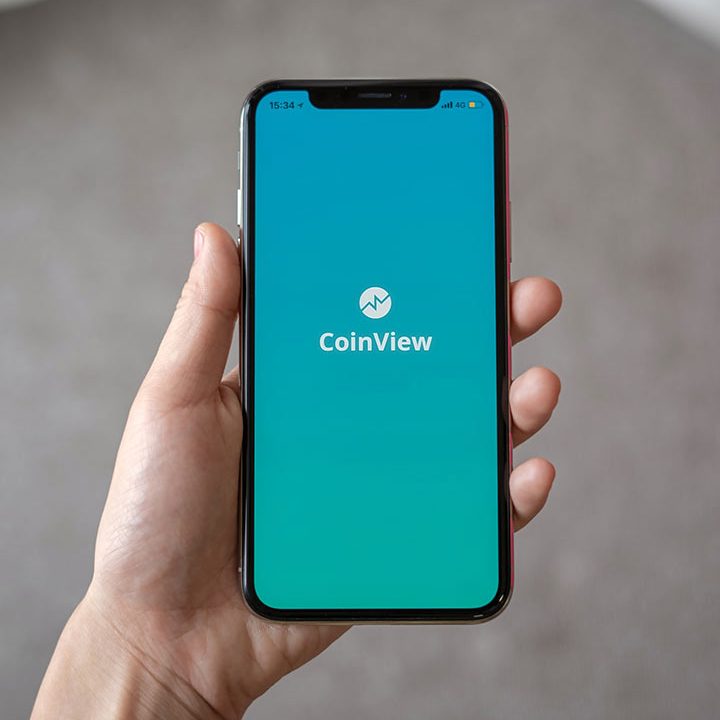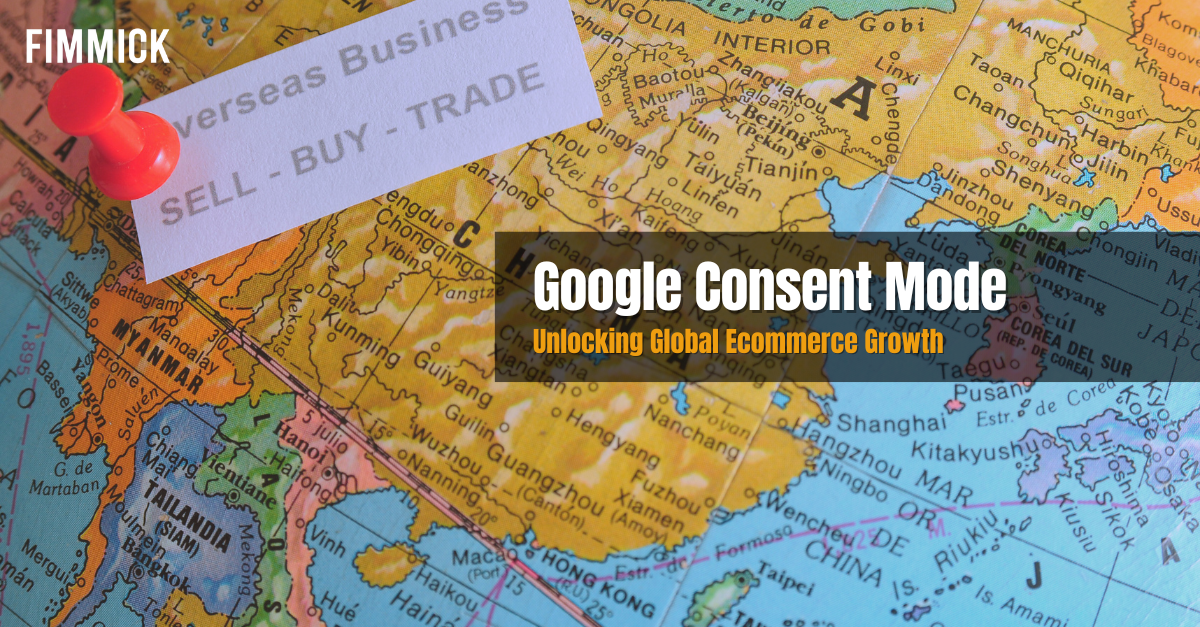Google︰Google Consent Mode: Unlocking Global Ecommerce Growth
Reading Time: 5 min
Global privacy regulations like the General Data Protection Regulation (GDPR) are changing the game for ecommerce. For Hong Kong businesses eyeing the European market, navigating these rules while keeping your marketing and analytics running is challenging. That’s where Google Consent Mode comes in. This article breaks down everything you need to know about Google Consent Mode and why it’s a must-have for international ecommerce success.
What is Google Consent Mode?
In today’s privacy-first landscape, regulations like GDPR give users control over their data, including the ability to opt out of ad tracking. According to Wordstream, 76% of users choose to decline cookie tracking. While respecting these choices is crucial, it creates a dilemma for businesses. Without access to critical data points, measuring advertising performance becomes unreliable, leading to skewed reporting and, ultimately, flawed business decisions.

Google Consent Mode offers a powerful solution. Launched in 2020 and further enhanced with Consent Mode v2 in November 2023, it’s not just another cookie banner; it’s a sophisticated framework that bridges the gap between user privacy and effective data-driven marketing. Even when a user opts out of ad tracking, Google Consent Mode still enables businesses to:
- Retain and utilise data collected prior to the user’s opt-out.
- Continue collecting and leveraging non-personally identifiable information (PII).
- Allow Google’s artificial intelligence and machine learning to model and fill in data gaps.
This nuanced approach ensures that businesses can adhere to privacy regulations without sacrificing the granularity and accuracy of their marketing data. Google reports that Consent Mode can help companies recover approximately 65% of conversions potentially lost due to consent choices.
Why Google Consent Mode Matters
Failing to implement Google Consent Mode, particularly when targeting consumers in the European Economic Area (EEA) and the UK, can expose businesses to a range of risks, including:
Reputational Damage
Non-compliance with GDPR, such as tracking data without explicit consent, can lead to hefty fines, legal action, and significant reputational damage. This, in turn, can erode customer trust and harm long-term relationships.
Data Loss
Relying solely on opt-out mechanisms without Consent Mode means businesses lose valuable data when users decline tracking. This data gap hinders accurate ad targeting and performance measurement, ultimately impacting marketing effectiveness.
Further Reading: What is Server-side Tracking?
Hindered Marketing Strategies
Insufficient data limits a business’s ability to understand customer behaviour and preferences. This lack of insight makes it difficult to develop targeted marketing campaigns, leading to wasted ad spend and lower ROI.
Competitive Disadvantage
Businesses that embrace Consent Mode gain a significant edge by optimising data collection and user experience within the bounds of privacy regulations. Those who don’t risk losing market share to more agile and compliant competitors.
Legal Barriers to Entry
As data privacy regulations become increasingly stringent globally, businesses without Consent Mode may encounter barriers to entry in new markets, hindering their expansion plans.
Why Google Consent Mode Matters to Hong Kong Brands?
While Google Consent Mode is currently most critical for advertisers and websites operating within the European Economic Area (EEA) and the UK, its implications extend far beyond these regions.
For Hong Kong businesses targeting European markets or seeking to engage with European customers, implementing Google Consent Mode is non-negotiable. It’s essential for maintaining compliance with GDPR and fostering trust with privacy-conscious consumers.
Even for businesses focused solely on the Hong Kong market, adopting Consent Mode is a strategic move worth considering. The tool is available globally, and as data privacy awareness increases worldwide, broader adoption is only a matter of time. By embracing Consent Mode early on, businesses can future-proof their operations, gain a competitive advantage, and position themselves as responsible stewards of user data.
Further Reading: What is PII、Non-PII Data?
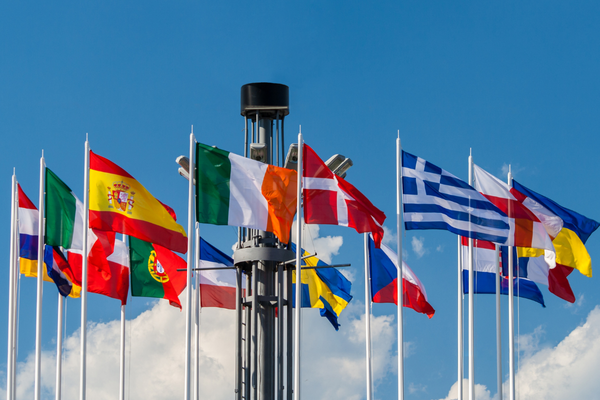
FIMMICK TrackingMax - Server-side Tracking Solution
FIMMICK TrackingMax is a cutting-edge server-side tracking solution that helps businesses capture more conversion data, refine audience targeting, and measure ad performance while navigating the challenges of ad blockers, ATT, ITP and more.
- Capture 30% More Conversion Data
- Mitigate the Impact of Ad Blockers, ATT, ITP and Cookieless
- Seamless Data Integration – GA4、Google Tag Manager、Google Ads、Meta、LinkedIn、Shopify、TikTok and more
Latest Event
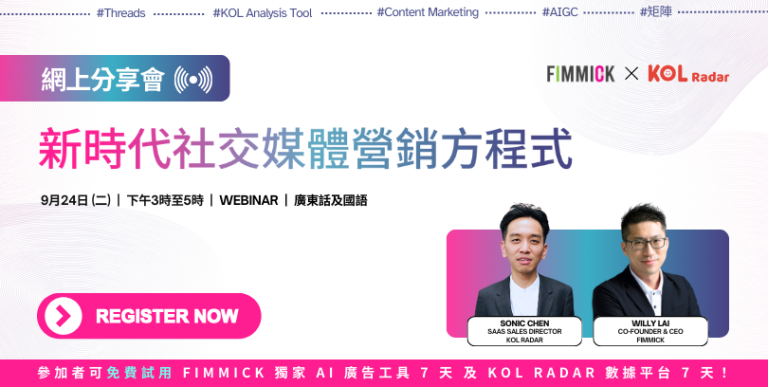
Related Solutions
Related Articles
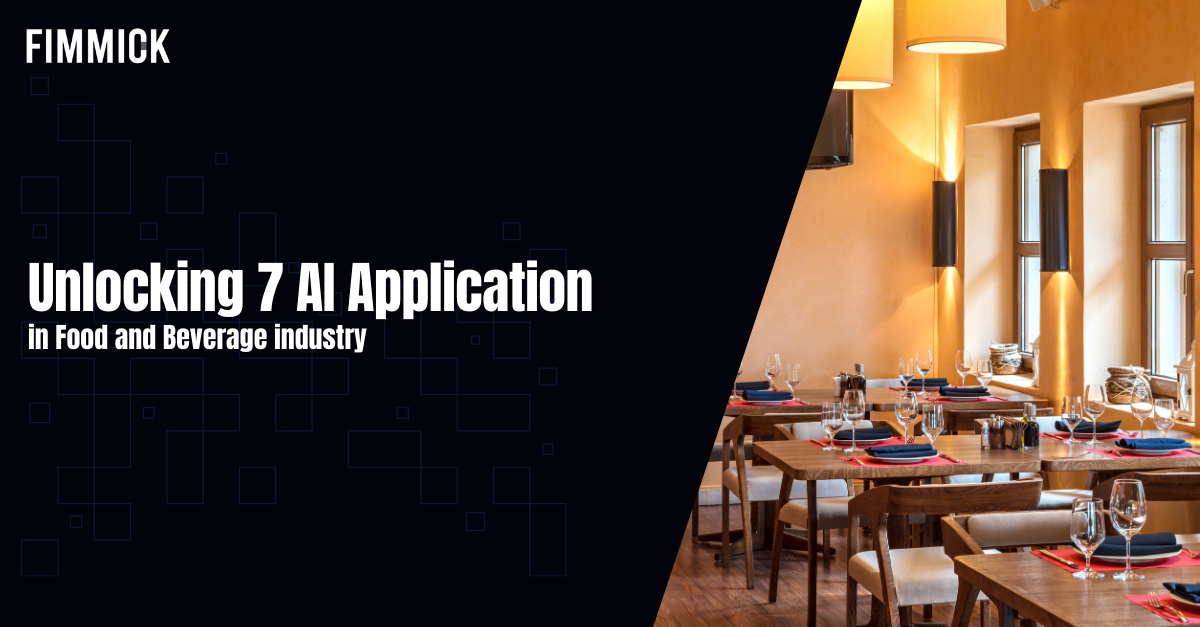
AI: Unlocking 7 AI Application in Food and Beverage
Explore the exciting ways AI is reshaping the restaurant experience. From AI-powered ordering to robot servers, the future of dining is here.
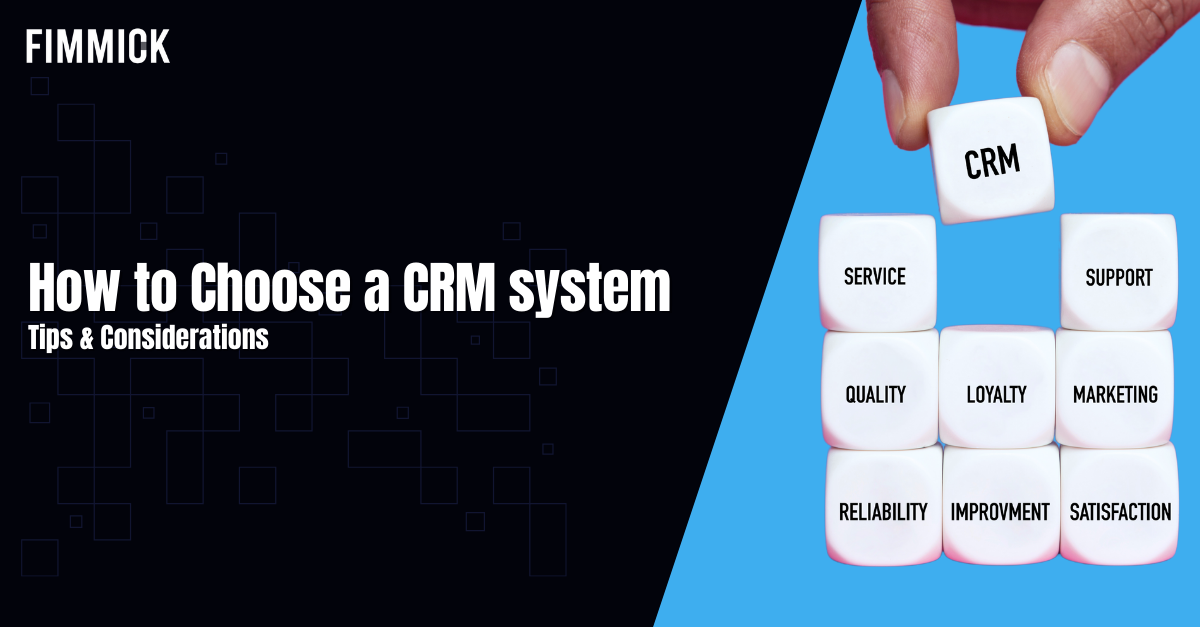
CRM: How to Choose a CRM system – Tips & Considerations
Unlock the power of CRM with this comprehensive guide to choosing the right system. Learn about the different types of CRM, key features.

Ecommerce: 6 Critical Things Ecommerce Startups Often Miss
Launching an online business is exciting, but many startups stumble over critical early steps. Let’s explore the 6 items startups often miss.







